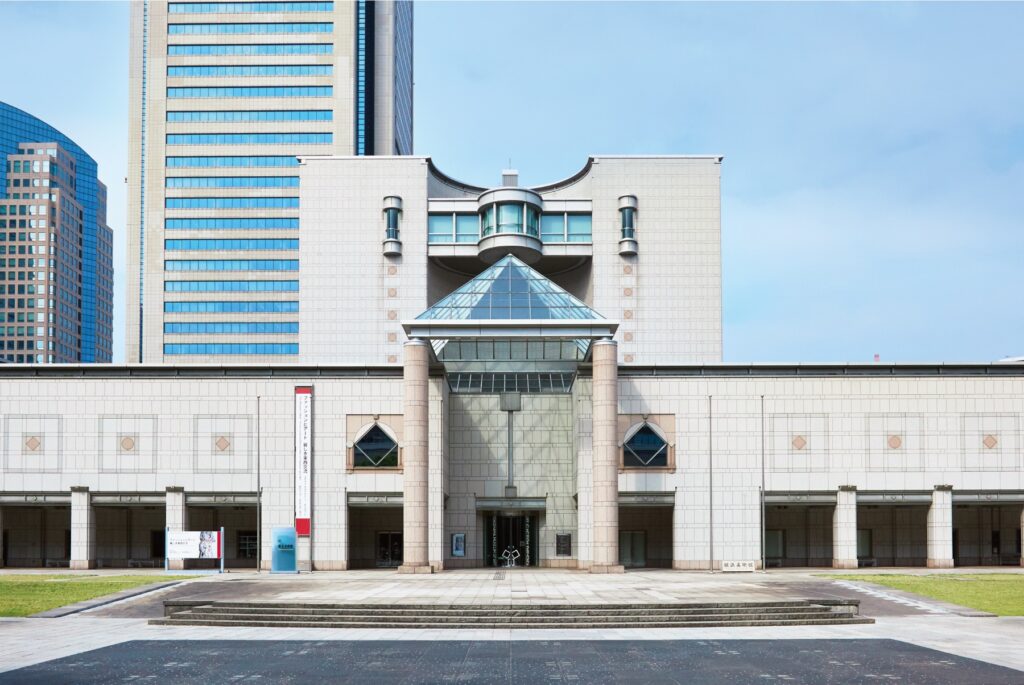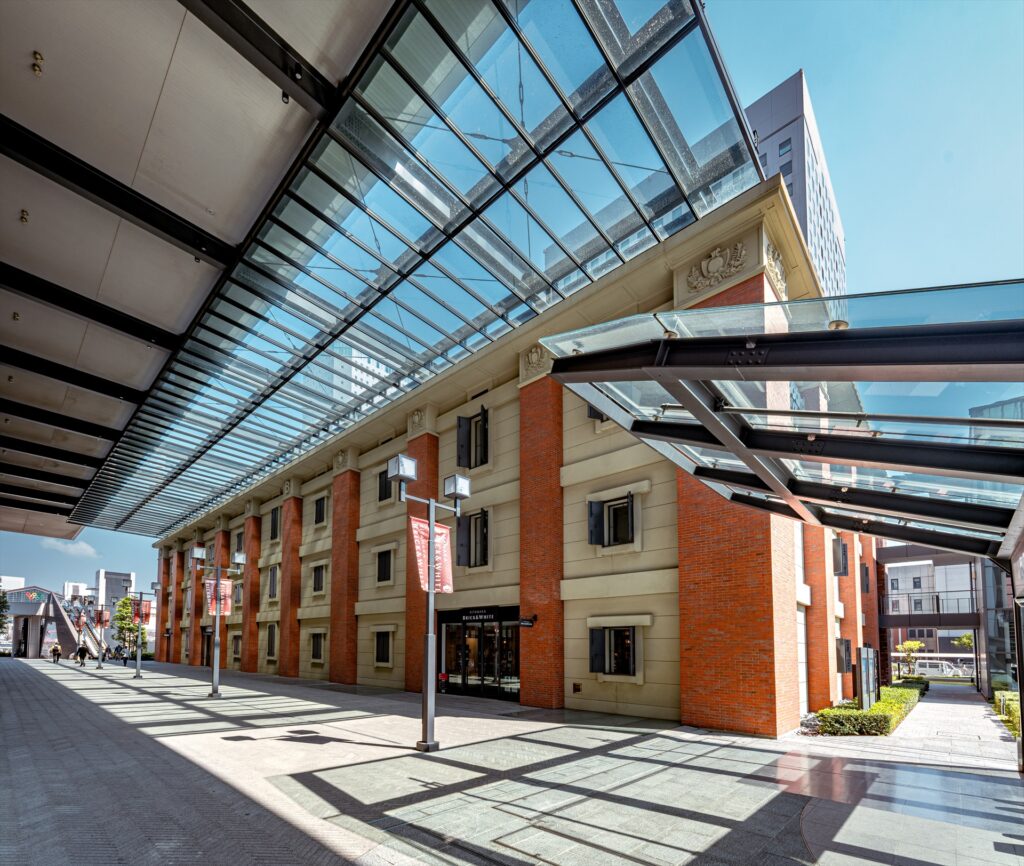Historical Sites as Venues: “Former Daiichi Bank Yokohama Branch, ” “BankART KAIKO, ” Combined with the Yokohama Museum of Art
“Wild Grass: Our Lives” will be held at the Yokohama Museum of Art which opened in 1989, and two historical buildings: Former Daiichi Bank Yokohama Branch, completed in 1929; and Former Yokohama Raw Silk Inspection Bureau Warehouse (now KITANAKA BRICK & WHITE), completed in 1926, which houses the alternative art space BankART KAIKO. While the Yokohama Museum of Art opened in the year that marked the end of the Cold War, the two historical buildings were built in the same period as Lu Xun’s Wild Grass, published in 1927. The 8th Yokohama Triennale will use the historical legacies of the city as a stage to explore contemporary issues.
In addition to the exhibition, a variety of partnership programs will be held in collaboration with various facilities located in the area covering Yokohama Station to Motomachi/China Town and the Yamate district, so that the visitors could experience cutting-edge art with the hidden gems of the city.
Yokohama Museum of Art

Designed by Tange Kenzo, one of Japan’s leading postwar architects, the Yokohama Museum of Art opened in 1989 as the first facility in the central district of Minato Mirai 21, which is a waterfront area facing the port.
The museum has a collection of approx. 13,000 modern and contemporary artworks since the opening of the port in 1859. It has organized a wide variety of exhibitions and has also provided hands-on workshops and art appreciation programs for both children and adults. The library has a collection of Japanese and international art resources.
The museum will reopen in March 2024 with the 8th Yokohama Triennale, after nearly three years of majorrenovation.
Former Daiichi Bank Yokohama Branch

The former Daiichi Bank Yokohama Branch is the fourth building of the bank and was built in 1929 after the Great Kanto Earthquake (1923), by Nishimura Yoshitoki, an architect known for his bank building designs.
At the time of construction, the building was located near the entrance to Bashamichi Street. It moved 170 meters from its original location and was restored in 2003. From 2004, it has become a space for activities related to “Creative City of Culture and the Arts.”
This building is a valuable remnant of that era before World War II when the area was the financial center of Yokohama.
BankART KAIKO

The historical buildings that house BankART KAIKO are part of the Former Yokohama Raw Silk Inspection Bureau Warehouses B and C which were built in 1926 after the Great Kanto Earthquake (1923). Silk was an important export item for Japan’s modernization after the port opened for foreign trade in 1859. The Kitanaka area developed along with raw silk warehouses and inspection facilities.
In 2020, NPO BankART1929, the leading art organization following the Creative City policy in Yokohama opened an alternative space for contemporary art.
The current building spreserve the landscape of the time when Yokohama prospered through silk trade.

The 8th Edition of Yokohama Triennale
- Exhibition Title
-
8th Yokohama Triennale “Wild Grass: Our Lives”
- Dates
-
March 15, 2024–June 9, 2024
[Open: 10:00–18:00|Closed: Thursdays (except for April 4, May 2, June 6)| Total: 78 days] - Venues
-
Yokohama Museum of Art (3-4-1 Minatomirai, Nishi-ku, Yokohama)
Former Daiichi Bank Yokohama Branch (6-50-1 Honcho, Naka-ku, Yokohama)
BankART KAIKO (KITANAKA BRICK & WHITE 1F, 5-57-2 Kitanakadori, Naka-ku, Yokohama) - Organizers
-
City of Yokohama, Yokohama Arts Foundation,
Japan Broadcasting Corporation [NHK],
The Asahi Shimbun, Organizing Committee for Yokohama Triennale


